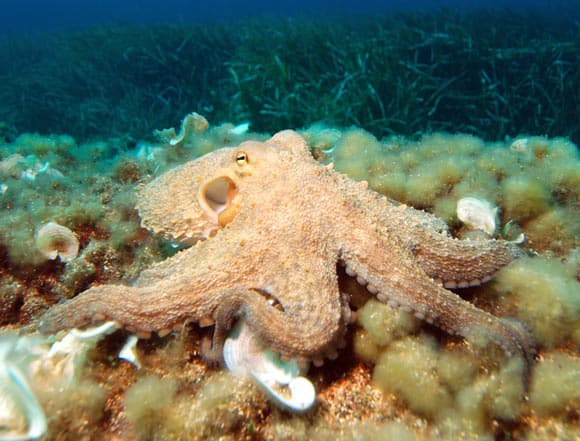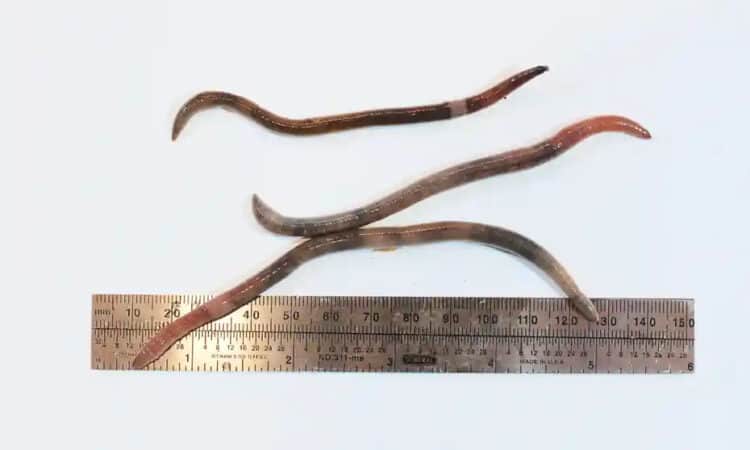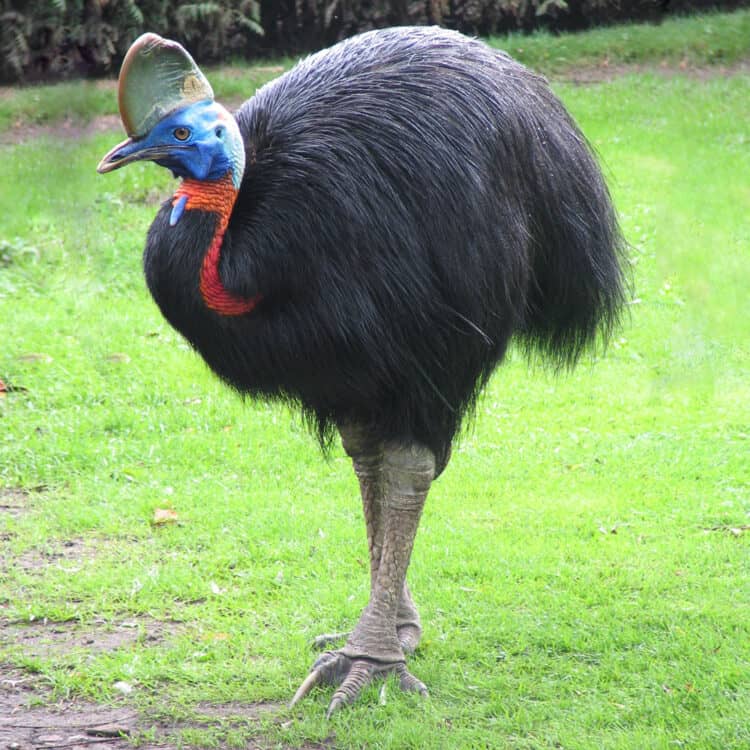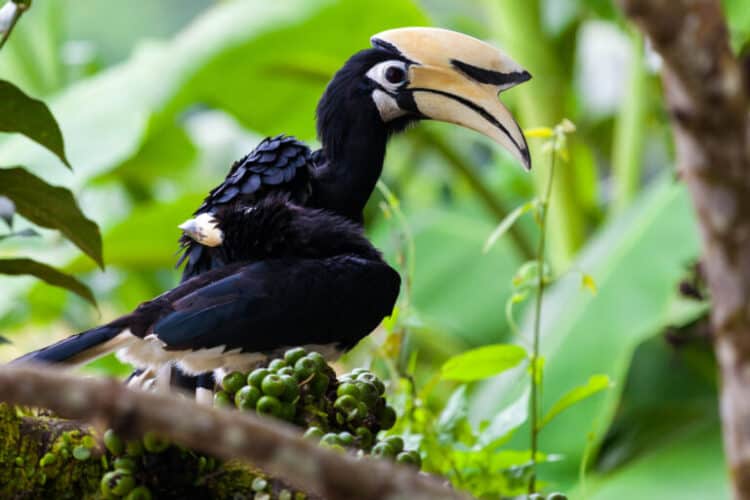Transposons are DNA sequences that move from one location on the genome to another, shuffling or duplicating.
These elements were first identified more than five decades ago by Cold Spring Harbor Laboratory geneticist Barbara McClintock.
For example, transposons make up approximately 50% of the human genome and up to 90% of the maize genome.
In most cases, these elements remain silent: they have no visible effects and have lost their ability to move.
Some are inactive because they have, over generations, accumulated mutations; others are intact, but blocked by cellular defense mechanisms.
From an evolutionary point of view even these fragments and broken copies of transposons can still be useful, as raw matter that evolution can sculpt.
Among these mobile elements, the most relevant are those belonging to the so-called Long Interspersed Nuclear Elements (LINE) family, found in a hundred copies in the human genome and still potentially active.
It has been traditionally though that LINEs’ activity was just a vestige of the past, a remnant of the evolutionary processes that involved these mobile elements, but in recent years new evidence emerged showing that their activity is finely regulated in the brain.
There are many scientists who believe that LINE transposons are associated with cognitive abilities such as learning and memory: they are particularly active in the hippocampus, the most important structure of our brain for the neural control of learning processes.
The octopus’ genome, like ours, is rich in transposons, most of which are inactive.
Focusing on the transposons still capable of copy-and-paste, Stazione Zoologica Anton Dohrn researcher Dr. Giuseppe Petrosino and colleagues identified an element of the LINE family in parts of the brain crucial for the cognitive abilities of these animals.
The discovery was made possible thanks to next generation sequencing techniques, which were used to analyze the molecular composition of the genes active in the nervous system of the octopus.
“This similarity between man and octopus that shows the activity of a LINE element in the seat of cognitive abilities could be explained as a fascinating example of convergent evolution, a phenomenon for which, in two genetically distant species, the same molecular process develops independently, in response to similar needs,” said Dr. Petrosino and Istituto Italiano di Tecnologia researcher Dr. Stefano Gustincich.
“The discovery of an element of the LINE family, active in the brain of the two octopuses species, is very significant because it adds support to the idea that these elements have a specific function that goes beyond copy-and-paste,” said Dr. Remo Sanges, director of the Computational Genomics Llaboratory at SISSA.
“I literally jumped on the chair when, under the microscope, I saw a very strong signal of activity of this element in the vertical lobe, the structure of the brain which in the octopus is the seat of learning and cognitive abilities, just like thehippocampus in humans,” added Dr. Giovanna Ponte, a researcher at the Stazione Zoologica Anton Dohrn.
“The brain of the octopus is functionally analogous in many of its characteristics to that of mammals. For this reason, also, the identified LINE element represents a very interesting candidate to study to improve our knowledge on the evolution of intelligence,” said Dr. Graziano Fiorito, director of the Department of Biology and Evolution of Marine Organisms at the Stazione Zoologica Anton Dohrn.
The findings were published in the journal BMC Biology.
_____
G. Petrosino et al. 2022. Identification of LINE retrotransposons and long non-coding RNAs expressed in the octopus brain. BMC Biol 20, 116; doi: 10.1186/s12915-022-01303-5.
Lead Image: Petrosino et al. corroborate the hypothesis that LINE elements might be active and functionally important in the central nervous system of highly intelligent organisms such as octopuses. Image credit: Albert Kok / CC BY-SA 3.0.
What you can do
Support ‘Fighting for Wildlife’ by donating as little as $1 – It only takes a minute. Thank you.
Fighting for Wildlife supports approved wildlife conservation organizations, which spend at least 80 percent of the money they raise on actual fieldwork, rather than administration and fundraising. When making a donation you can designate for which type of initiative it should be used – wildlife, oceans, forests or climate.







Leave a Reply